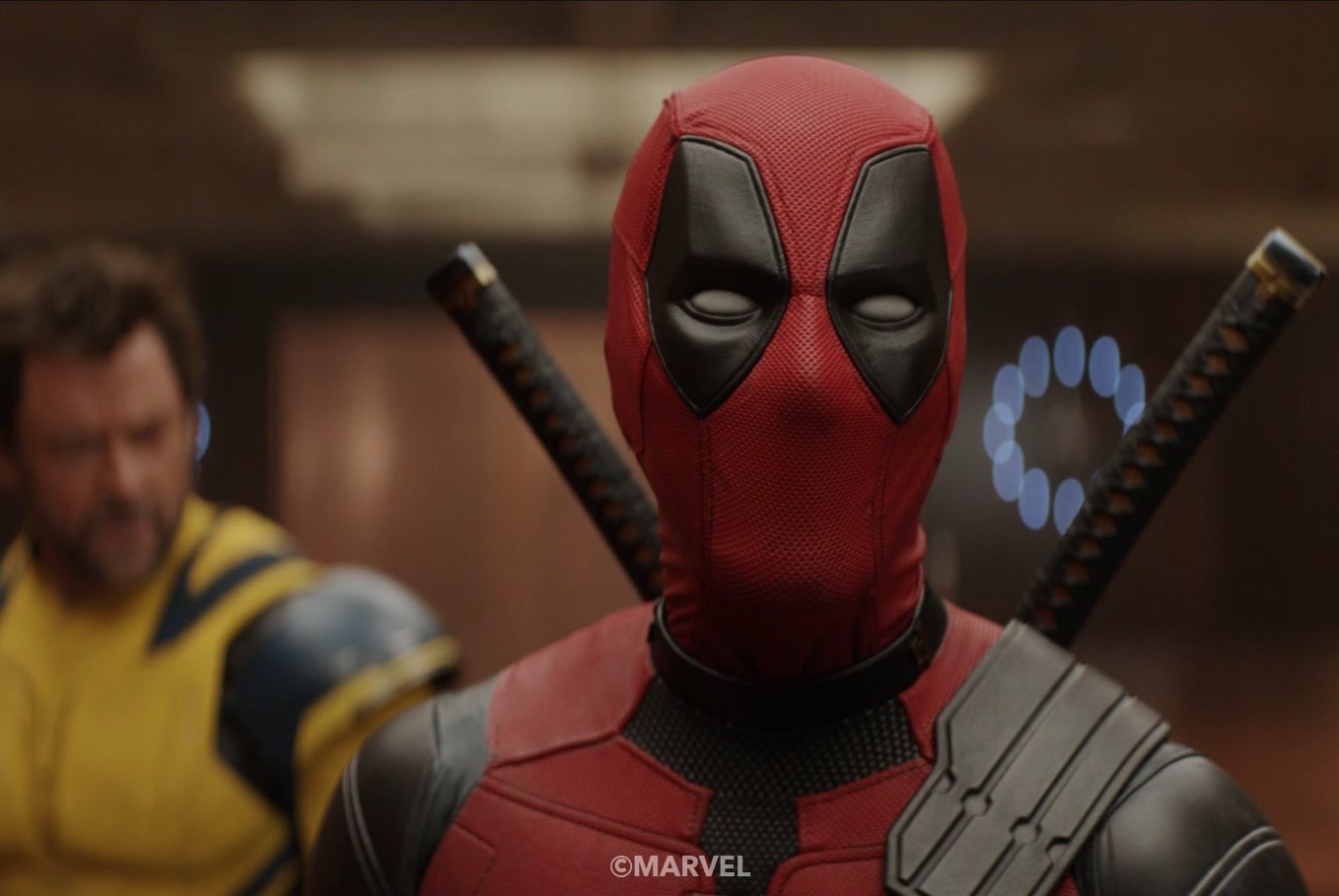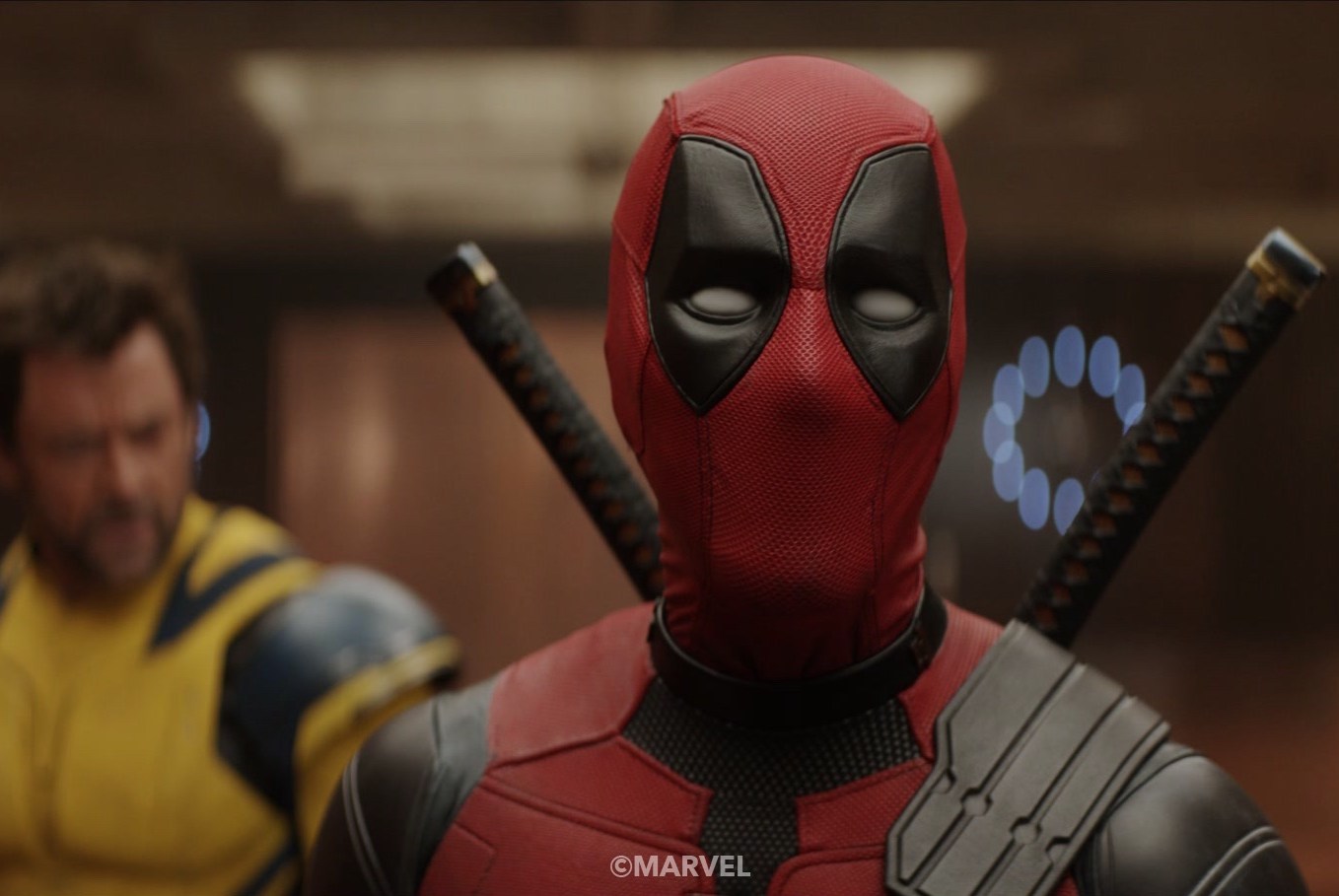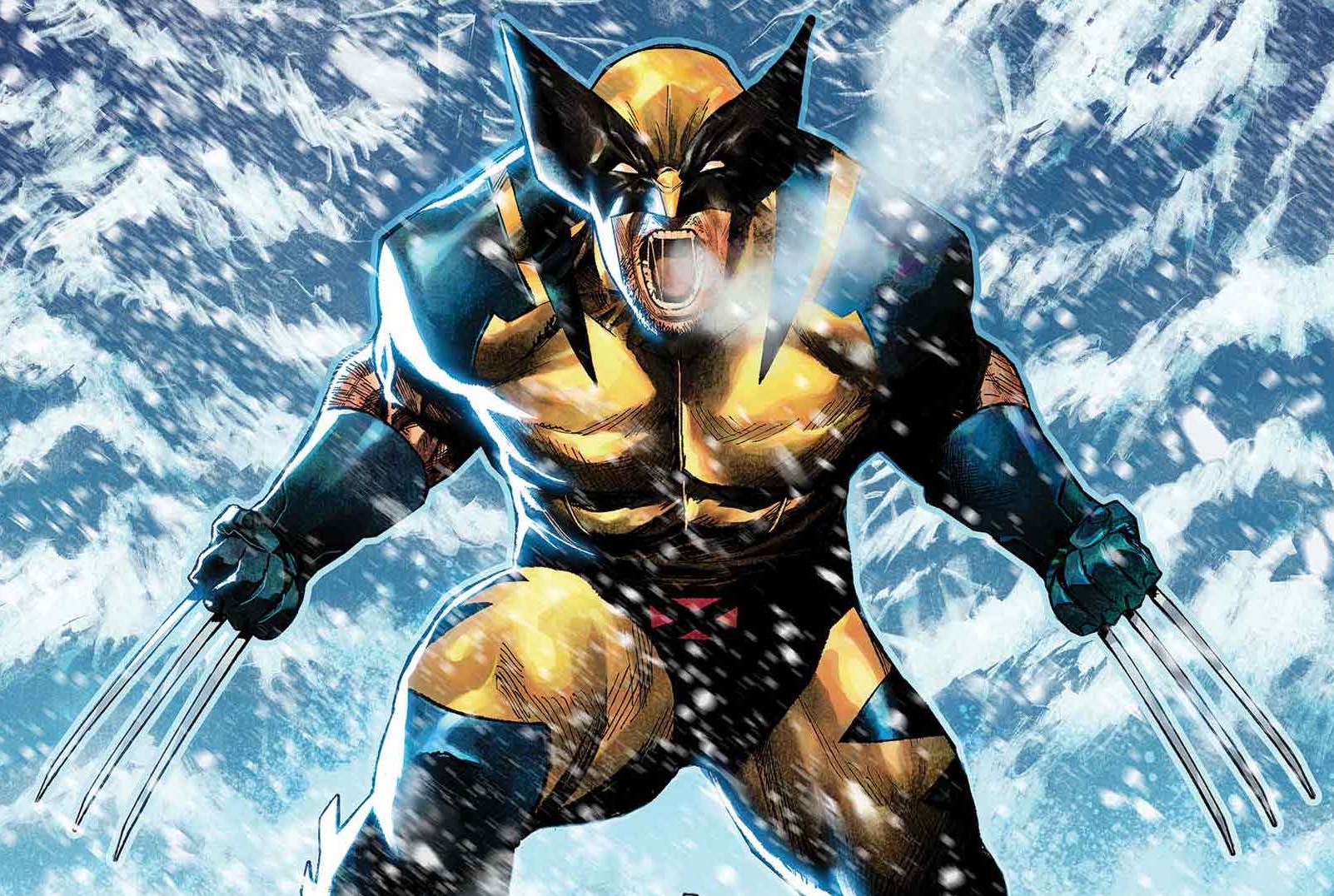Wolverine’s live-action mask had to compete with VFX and the fandom
Fans and filmmakers have been arguing over what Wolverine’s costume should look like in live action ever since the first X-Men film ditched his bee-colored comic book suit for black leather, then announced the change with some fans-only character sarcasm.X-Men ’97 recently referenced that moment and flipped the script.) A deleted scene from 2013 The Wolverine already hinted at what Wolverine’s classic comic book suit might look like in live action, but he didn’t actually don it until 2024 Deadpool and Wolverine – which still Have the characters joke about whether yellow and black leather suits him.
But where the characters have room to joke about Wolverine’s clothing choices, Wētā FX’s VFX Supervisor Daniel Macarin had to figure out how to actually make it work on the screen. In Deadpool and WolverineHugh Jackman finally dons the dreaded “yellow spandex” — including his mask, a dramatic hood with metal wings that definitely wasn’t designed for live-action. Macarin says step one in making that mask believable on film was convincing director Shawn Levy and the producers to let Wētā do it in the first place.
“The first challenge was selling the idea to let us do it,” Macarin told Polygon in an interview after the film’s release. “When they showed us some of the sequences and we saw the mask, we thought, Oh my God! This fan was like, Yes! This is it! You are just as enthusiastic as the audience, but then you look at it like this: I need to be a part of this. I need to make this better. What can I do?“
Macarin says producer/co-writer Ryan Reynolds, who plays Deadpool, was all for Wētā’s involvement, but “half the camp was like, You know, no. Let’s do a test.“There followed a long series of tests and discussions, with “little cosmetic details (…) that we wanted to improve or enhance, just to make sure that people fell in love with the mask and believed in it as much as possible.” The process took time, but “slowly we caught up with all the people who weren’t sure, and then everyone was on board. And that was a really great moment.”
Wētā has been the VFX outlet behind Deadpool’s masked facial expressions since the first episode. Death Pole in 2016, and across all three films, scenes involving Deadpool and his costumed allies utilized practical, on-set costume masks with digital alterations. Macarin confirms that the production process has not changed now that Deadpool has moved from 20th Century Fox to Disney, even though Disney-produced superhero films have been known to manage superhero costumes through heavy CG alterations — or give them entirely digital effects.
“Ryan has been very particular about keeping the team that he loves and the people that have put so much time and energy into this show,” Macarin says. “Marvel trusted him and Shawn, the director, so much (…) What was shown very early on the internet with Wolverine’s costume, I think that addressed people’s concerns: We don’t do this digitally. We’re in these suits. We do it. They’re our bodies. We bring these characters to life as much as we can, and you’re going to see that. So we haven’t really talked about going digital.”


In fact, the opposite was true: The filmmakers were concerned that digitally enhancing Wolverine’s mask would make it look artificial, especially given the mask’s black “wings.” “If we moved those wing tips around like we move the black leather on Deadpool’s mask, it would quickly start to feel cartoonish,” Macarin says. “And we don’t want people to get into those conversations about, Was the mask digital? It looks animated. It doesn’t fit Hugh’s performance.”
That problem was solved by applying different digital rules to the different materials that make up his masks. “(The) metal moves very, very little, and usually not at all,” Macarin says. “His yellow stuff moves quite a bit. And there you see the wrinkles and the expression, more in the yellow areas. And then we can move the eyes under the metal a little bit. You can’t move it dramatically.”
Figuring out how to approach Wolverine’s eyes, on the other hand, wasn’t a logistical or physics problem, but a matter of pleasing the fans.
“We had to do this test to see if we should do pure fan service and go with classic Wolverine comic book eyes — they have a really big slope and curve at the top of the eye,” Macarin says. “So because we’re really nerdy, we take every comic book reference out of it, we put it in, we give him the comic book look. And we’re like, Oh my god, as a still image that looks so cool! (But) it does not look cool in motion. It gives it a comic look that doesn’t have the same visual style as the movie.
“So we started scaling it back, like, Okay, so first 100% comedic, then 50% comedic, and then we can bring it back and find the balance of what still makes his eyes move with the emotion of Hugh’s performance. But we didn’t want to make it look as animated as a cartoon series.”
Macarin says Reynolds called the Wētā team frequently to ask if they could make adjustments and experiments on Deadpool’s facial expressions. Jackman, however, did not have the same requests, for practical reasons.
“He’s more limited than Ryan, because we can see his face,” Macarin says. “It’s not like he can say, Hey, I want to try a different line. I’m not going to digi-make his face and give him a new facial representation. We have to stick to what he did that day.”
Instead, all the adjustments and discussions came from within Macarin’s idiosyncratic, Wolverine-loving team.
“I grew up with the original X-Men cartoon, so I love that look,” he says. “We have a lot of Wolverine statues and toys and stuff on our desks. So we went through a ton of references and a lot of discussions about how far we should go, (from) just the love of this character and everyone wanting it a certain way. So finding a balance within his comic book style was fun, but tricky. People know and love this character. They take it personally. And you have to pay attention to that.”
Deadpool and Wolverine is now playing in theaters.

